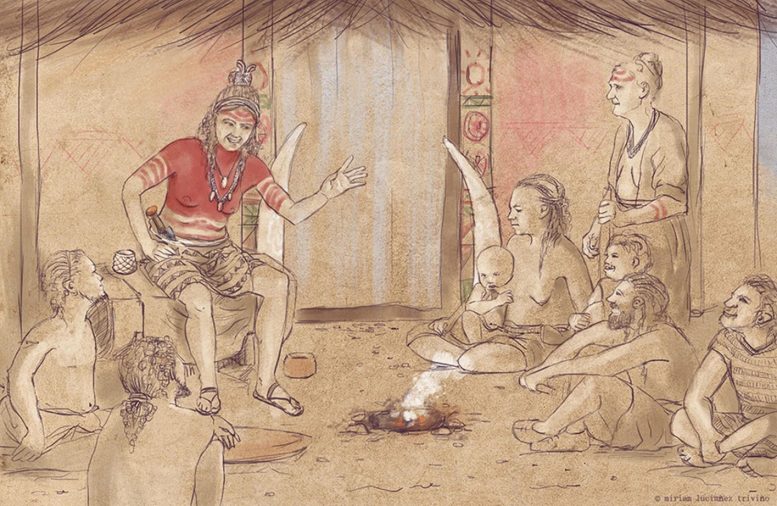
The ‘Ivory Lady,’ a high-status individual from ancient Copper Age Iberia, was confirmed to be female, upending previous beliefs and highlighting women’s potential roles in leadership at the time. Above is a recreation drawing of ‘The Ivory Lady’. Credit: Miriam Luciañez Triviño.
According to peptide analysis published in Scientific Reports, the highest-status person in ancient Copper Age Iberia was a woman, challenging previous assumptions that it was a man. Now referred to as the ‘Ivory Lady,’ she was buried in a grave containing the region’s most extensive assortment of unique and valuable artifacts, such as ivory tusks, superior-quality flint, ostrich eggshells, amber, and a rock crystal dagger. These discoveries shed light on the high-status roles that women could occupy in this ancient society.
In 2008, an individual was discovered in a tomb in Valencia, Spain dating to the Copper Age between 3,200 and 2,200 years ago. As well as being a rare example of a single occupancy burial, the grave contained a large number of valuable goods, suggesting that this individual — originally thought to be a young male aged between 17 and 25 years. — held a high status within society.
Marta Cintas‑Peña and colleagues used amelogenin peptide analysis to test for the presence of the sexually dimorphic enamel-forming protein amelogenin in the teeth of the specimen. Analysis of a molar and an incisor detected the presence of the AMELX gene — which produces amelogenin and is located on the X chromosome — indicating that the individual was female rather than male.
According to the authors, this means that the highest-ranked person in the Iberian Copper Age society was a woman. Additionally, the lack of grave goods in infant burials suggests that, in this period, individuals were not granted high status by birth rite. The authors therefore suggest that the Ivory Lady achieved her status through merit and achievements in life.
The authors report that no male of similarly high status has yet been found. As the only comparably lavish Copper Age tomb in the region, containing at least 15 women, was found next to the grave of the ‘Ivory Lady’ and is presumed to have been built by people who claimed descent from her. This suggests that women occupied positions of leadership in Iberian Copper Age society.
Reference: “Amelogenin peptide analyses reveal female leadership in Copper Age Iberia (c. 2900–2650 BC)” by Marta Cintas-Peña, Miriam Luciañez-Triviño, Raquel Montero Artús, Andrea Bileck, Patricia Bortel, Fabian Kanz, Katharina Rebay-Salisbury and Leonardo García Sanjuán, 6 July 2023, Scientific Reports.
DOI: 10.1038/s41598-023-36368-x


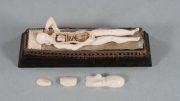
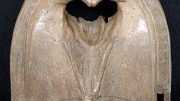


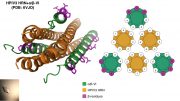
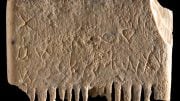

Be the first to comment on "Rewriting History: Ancient “Ivory Lady” Shatters Assumptions About Gender Roles in Iberian Copper Age Society"